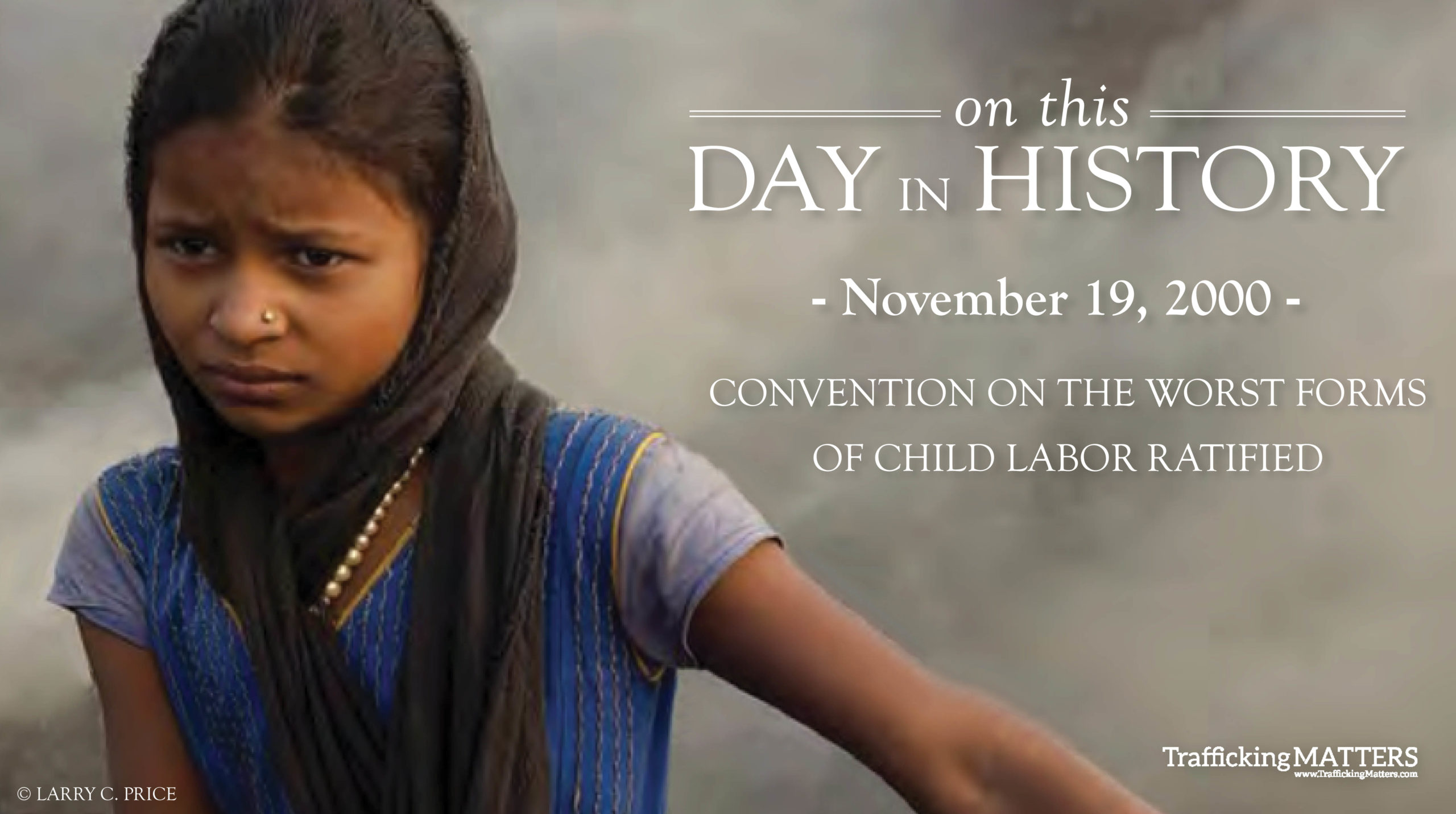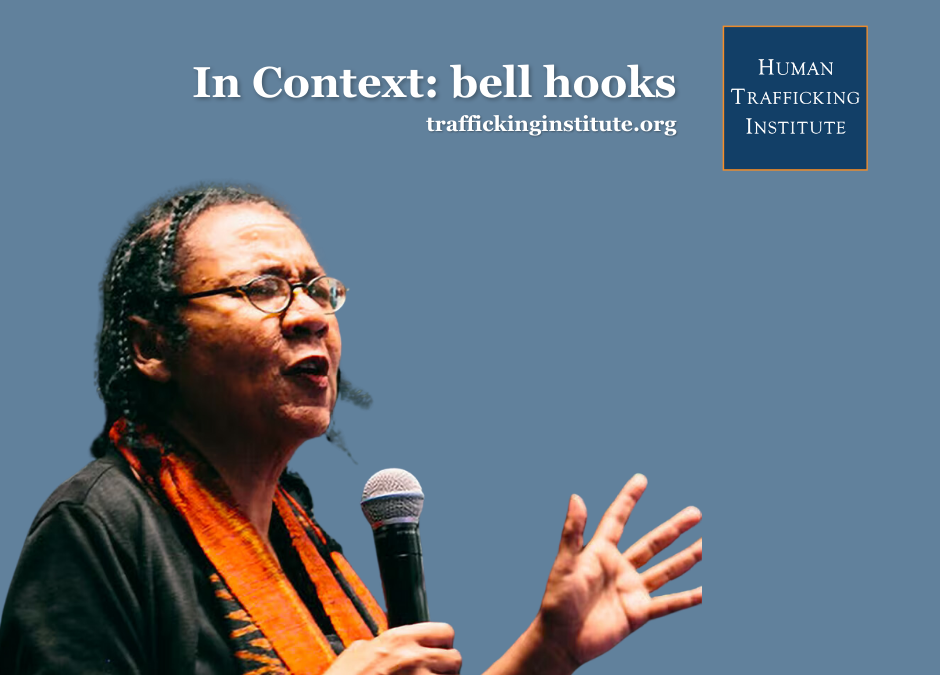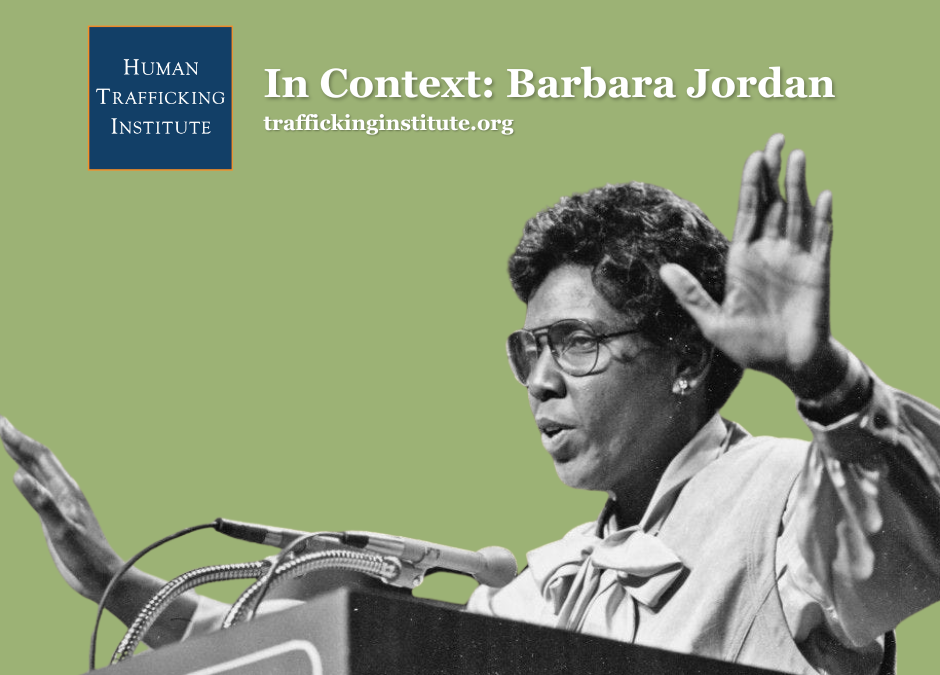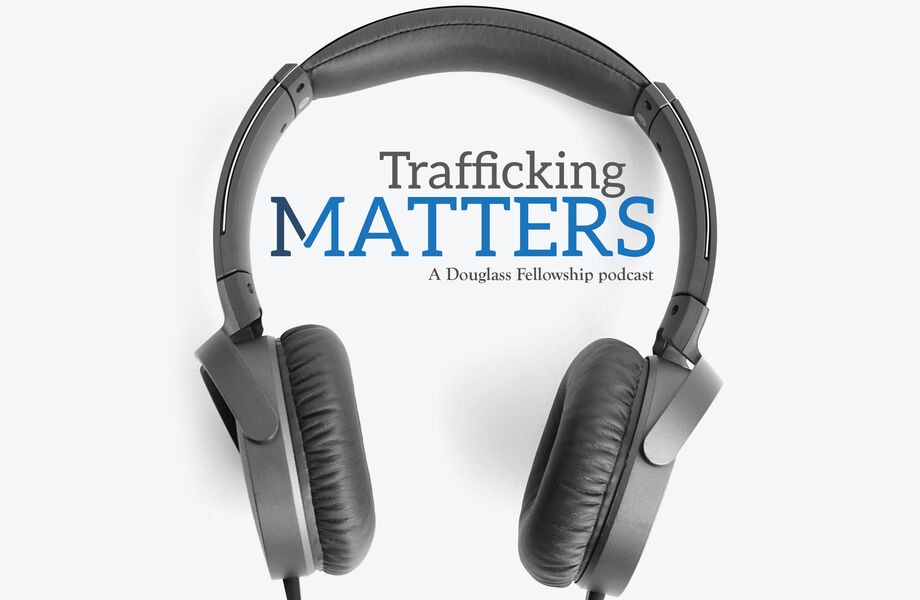By: TAYLOR KING
Nineteen years ago today – November 19, 2000 – The International Labour Organization (ILO) Ratified the Worst Forms of Child Labor Convention in Geneva, Switzerland. The convention was a signal of international consensus; there should be an “immediate end” to the forced labor of the world’s most vulnerable population — children.
In 1919, more than 80 years prior to the ratification, the ILO was formed during the Paris Peace Conference to end World War I. The Treaty of Versailles — the Conference’s final document – included “Labor Provisions” detailing the organization’s creation.1 This inclusion was crucial for the treaty’s drafters, who believed “universal and lasting peace can be accomplished only if it is based on social justice.”2
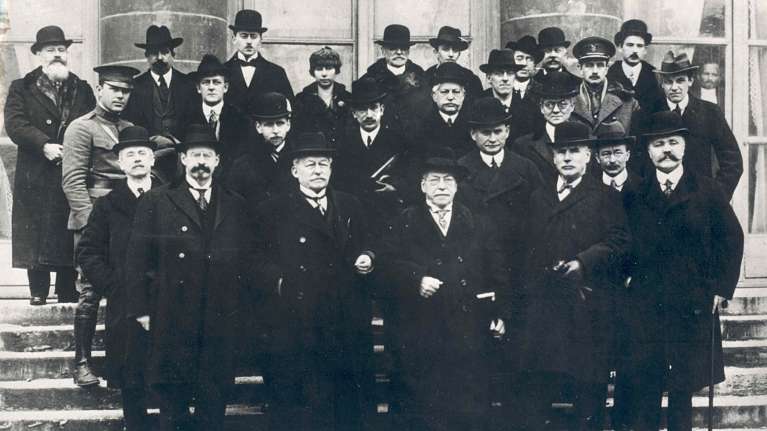
Paris Peace Conference original member nations representatives, 1919
At its inception, nine nations formed the ILO — Belgium, Cuba, Czechoslovakia, France, Italy, Japan, Poland, the United Kingdom, and the United States. In the organization’s first two years, 10 recommendations were adopted including minimum age to work and standards for young persons under the age of 18 working at night.3
This agreement was significant. For the first time in history, there were established, international agreements on limits for child labor.
The Paris Peace Conference also gave birth to the League of Nations, the world’s first intergovernmental organization with the principle mission of maintaining peace. In 1924, the League of Nations’ 42 members decided to link arms with the ILO in their prioritization of childhood rights, adopting the Declaration of the Right of the Child. One of its chief declarations spoke specifically to the right of a child to be free from forced labor and exploitation, saying
“The child must be put in a position to earn a livelihood and must be protected against every form of exploitation.”4
Six years later, in 1930, the ILO convened to adopt proposals for that singular purpose: the eradication of forced labor,5 including the forced labor of children. Unfortunately, the momentum did not last. In 1939, World War II dispersed all hopes of peace talks, causing division among the nations in the ILO which had members on both sides of the war.
Then, in 1948, three years after the war’s end, the United Nations (UN) General Assembly made history with the passage of its Universal Declaration of Human Rights. For the first time, a standard for the rights of human beings was universally recognized.
In 1959, the UN General Assembly adopted the League of Nation’s previous Declaration of the Rights of a Child, affirming the global right for a child to be free from exploitation. Thirty years later, in 1989, the UN General Assembly took child rights one step further with the Convention on the Rights of the Child. The Convention quickly became (and is still today) the most widely ratified human rights treaty in history.6 The treaty granted children with four rights (now known as the “four P’s”):
- Participation by children in decisions affecting them
- Protection of children against discrimination and all forms of neglect and exploitation
- Prevention of harm to them
- Provision of assistance to children for their basic needs
Since the rights of children now had international recognition and agreement, the ILO set their sights on implementation.
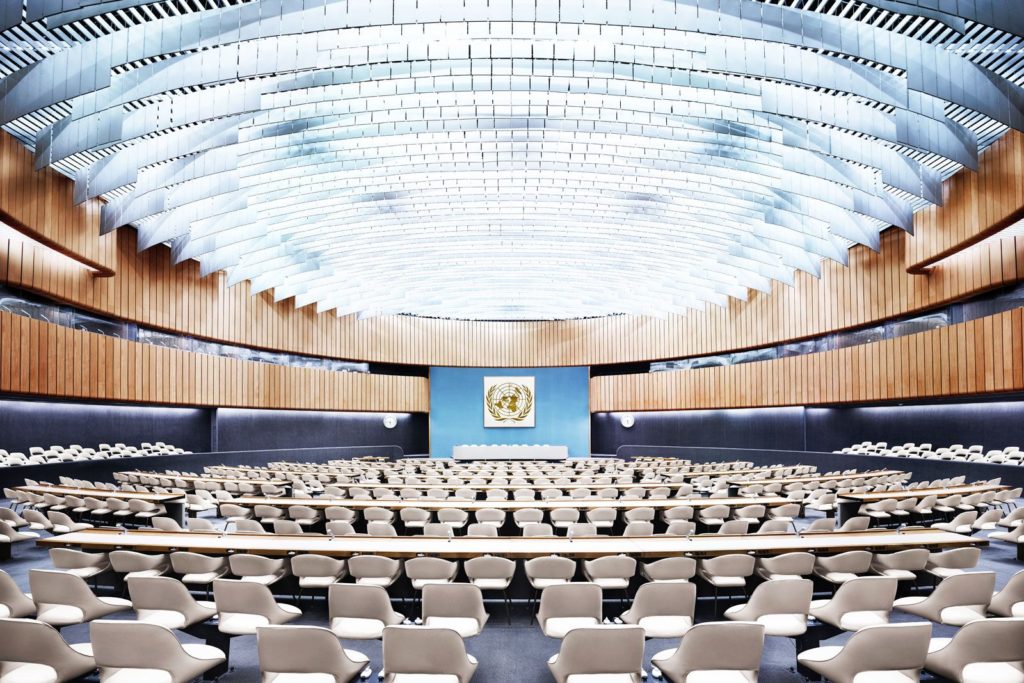
In June 1999, ILO members convened in Geneva, Switzerland, for the Worst Forms of Child Labor Convention. The “adopt[ion] of new instruments for the prohibition and elimination of the worst forms of child labor” was their main priority. Above all other international priorities, the ILO believed the eradication of child labor deserved the most immediate national and international action.”7
At the time, according to global estimates, more than 250 million children between the ages of five and 14 were forced to work to survive — more than 70% of those in hazardous conditions.8 With the goal in mind to prohibit and eliminate the worst forms of child labor, the Convention determined the following list of the most despicable forms of child labor, thereby requiring the most immediate attention:
- All forms of slavery or practices similar to slavery, such as the sale and trafficking of children, debt bondage and serfdom, and forced or compulsory labor, including forced or compulsory recruitment of children for use in armed conflict;
- The use, procuring, or offering of a child for prostitution, for the production of pornography, or for pornographic performances;
- The use, procuring, or offering of a child for illicit activities, in particular for the production and trafficking of drugs as defined in the relevant international treaties;
- Work which, by its nature or the circumstances in which it is carried out, is likely to harm the health, safety, or morals of children.9
By ratifying the document, each member nation agreed to take effective and time-bound measures to:
- Prevent the engagement of children in the worst forms of child labor;
- Provide the necessary and appropriate direct assistance for the removal of children from the worst forms of child labor and for their rehabilitation and social integration;
- Ensure access to free basic education, and, wherever possible and appropriate, vocational training, for all children removed from the worst forms of child labor;
- Identify and reach out to children at special risk; and
- Take account of the special situation of girls.
By October 2002, less than three years after its adoption, 132 countries had ratified the Convention — the fastest pace of any other ratification in the ILO’s 80-year history.10 Today, the Convention has been adopted by 18211 nations.12 And yet, according to the most recent global estimates, on any given day, 152 million children ages five to 17 are forced to work with 48% of those children performing hazardous work.13
According to the 2018 Findings on the Worst Forms of Child Labor, improvements are being made. Countries are developing or expanding their list of hazardous work prohibitions in line with international standards. By the end of 2018, more than 75% of evaluated countries had hazardous work lists that included sectors with proven evidence of child labor under dangerous conditions.14 Unfortunately, more than one-third of these countries still have not established a minimum age for work in line with international standards.
On this day in history, we acknowledge the foundation laid to ensure children around the world have basic rights; we affirm the belief children have a right to become adults in a safe environment, free of exploitation; and we support the work being done globally to ensure children can express these freedoms.
- 1 Knox, Philander C. Treaty of Versailles. [Washington, Govt. print. off, 1919] Web.. https://lccn.loc.gov/43036001.
- 2 Constitution of the International Labour Organization, 1946.
- 3 “History of the ILO.” History of the. Accessed November 18, 2019. https://www.ilo.org/global/about-the-ilo/history/lang–en/index.htm.
- 4 Duhaime, Lloyd. “Convention on the Rights of the Child (1989).” Duhaime.org – Learn Law. Accessed November 18, 2019. http://www.duhaime.org/LegalResources/InternationalLaw/LawArticle-292/Convention-on-the-Rights-of-the-Child-1989.aspx.
- 5 Eradication of Forced Labour: General Survey Concerning the Forced Labour Convention, 1930 (No. 29), and the Abolition of Forced Labour Convention, 1957 (No. 105): Report of the Committee of Experts on the Application of Conventions and Recommendations (Articles 19, 22 and 35 of the Constitution). Geneva: International Labour Office, 2007.
- 6 “Convention on the Rights of the Child.” UNICEF. Accessed November 18, 2019. https://www.unicef.org/child-rights-convention.
- 7 “C182 – Worst Forms of Child Labour Convention, 1999 (No. 182).” Convention C182 – Worst Forms of Child Labour Convention, 1999 (No. 182). Accessed November 18, 2019. https://www.ilo.org/dyn/normlex/en/f?p=NORMLEXPUB:12100:0::NO::P12100_ILO_CODE:C182.
- 8 “Convention 182 on The Worst Forms of Child Labour, 1999.” Humanium. Accessed November 18, 2019. https://www.humanium.org/en/child-labour-convention/.
- 9 Id
- 10 Noguchi. “ILO Convention No. 182 on the Worst Forms of Child Labour and the Convention on the Rights of the Child in: The International Journal of Childrens Rights Volume 10 Issue 4 (2002).” The International Journal of Childrens Rights. Brill, October 7, 2018. https://brill.com/view/journals/chil/10/4/article-p355_3.xml?language=en.
- 11 “Ratifications of C182 – Worst Forms of Child Labour Convention, 1999 (No. 182).” Ratifications of ILO conventions: Ratifications by Convention. Accessed November 18, 2019. https://www.ilo.org/dyn/normlex/en/f?p=NORMLEXPUB:11300:0::NO::P11300_INSTRUMENT_ID:312327.
- 12 Four more nations are pending entrance into force in 2020: Eritrea, Marshall Islands, Palau, and Tuvalu
- 13 Global Estimates of Child Labour: Results and Trends 2012-2016. Geneva: International Labour Organization, 2017.
- 14 2018 Findings on the Worst Forms of Child Labor. Vol. 18. Washington, D.C.: U.S. Department of Labor, 2019.

